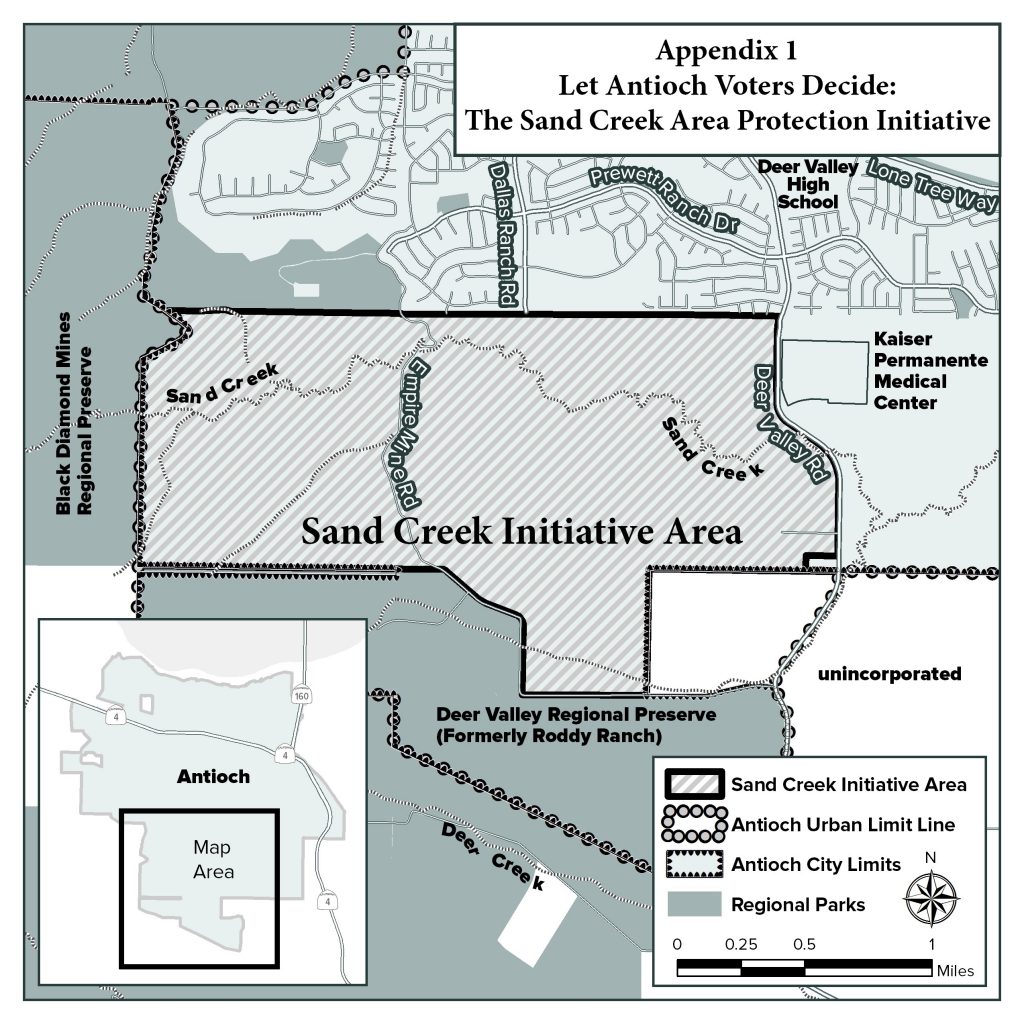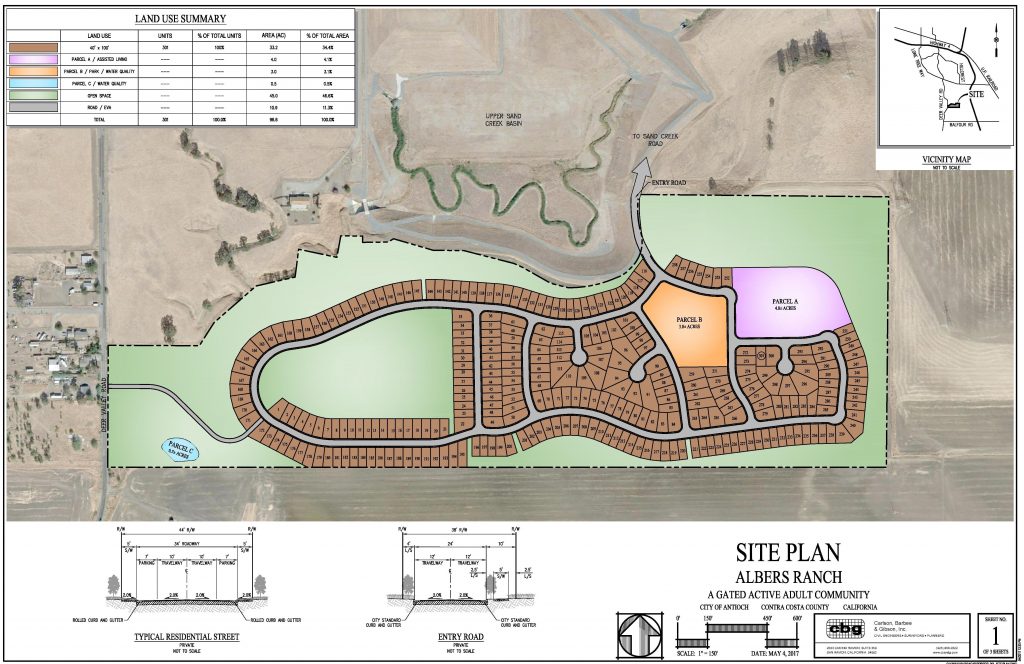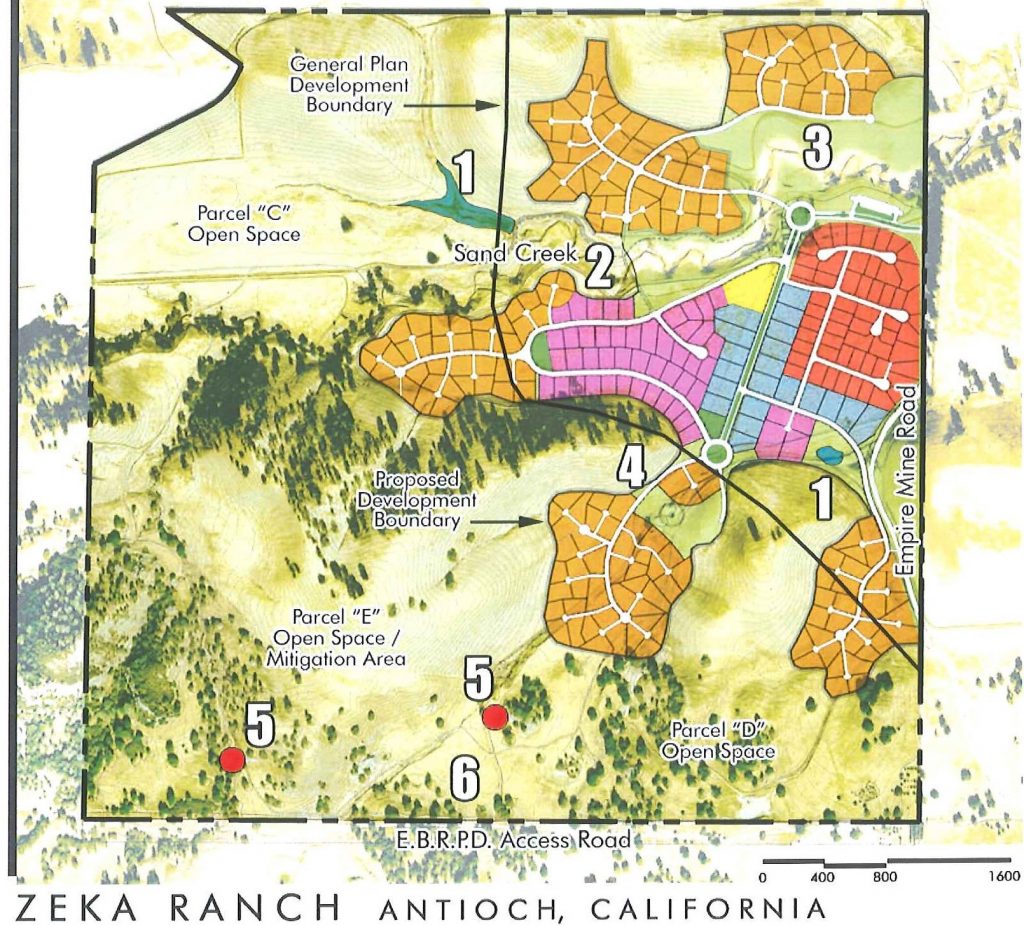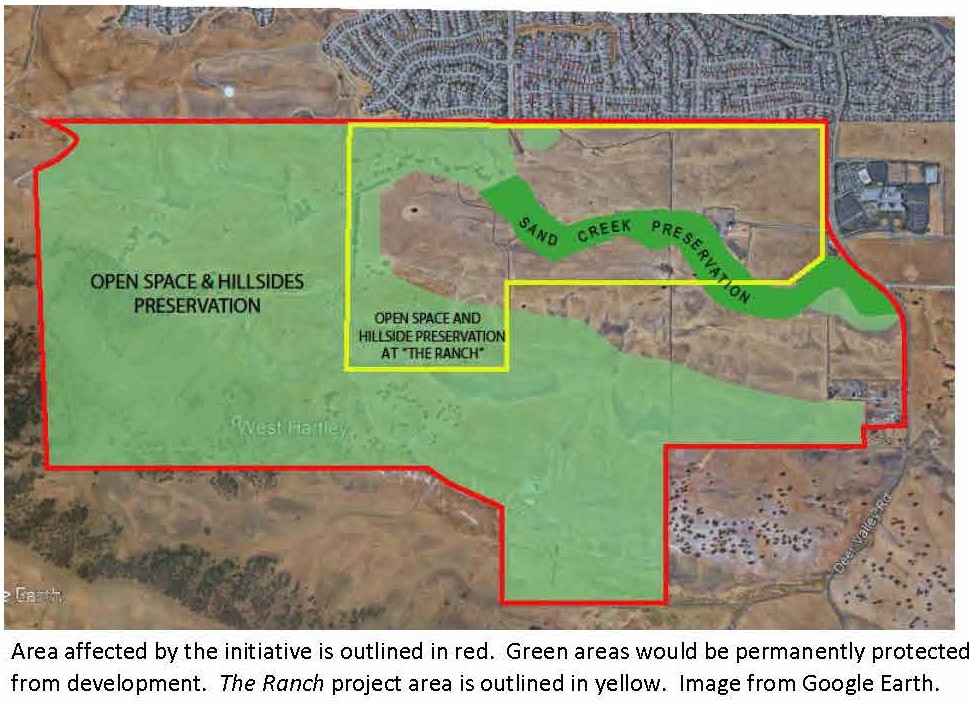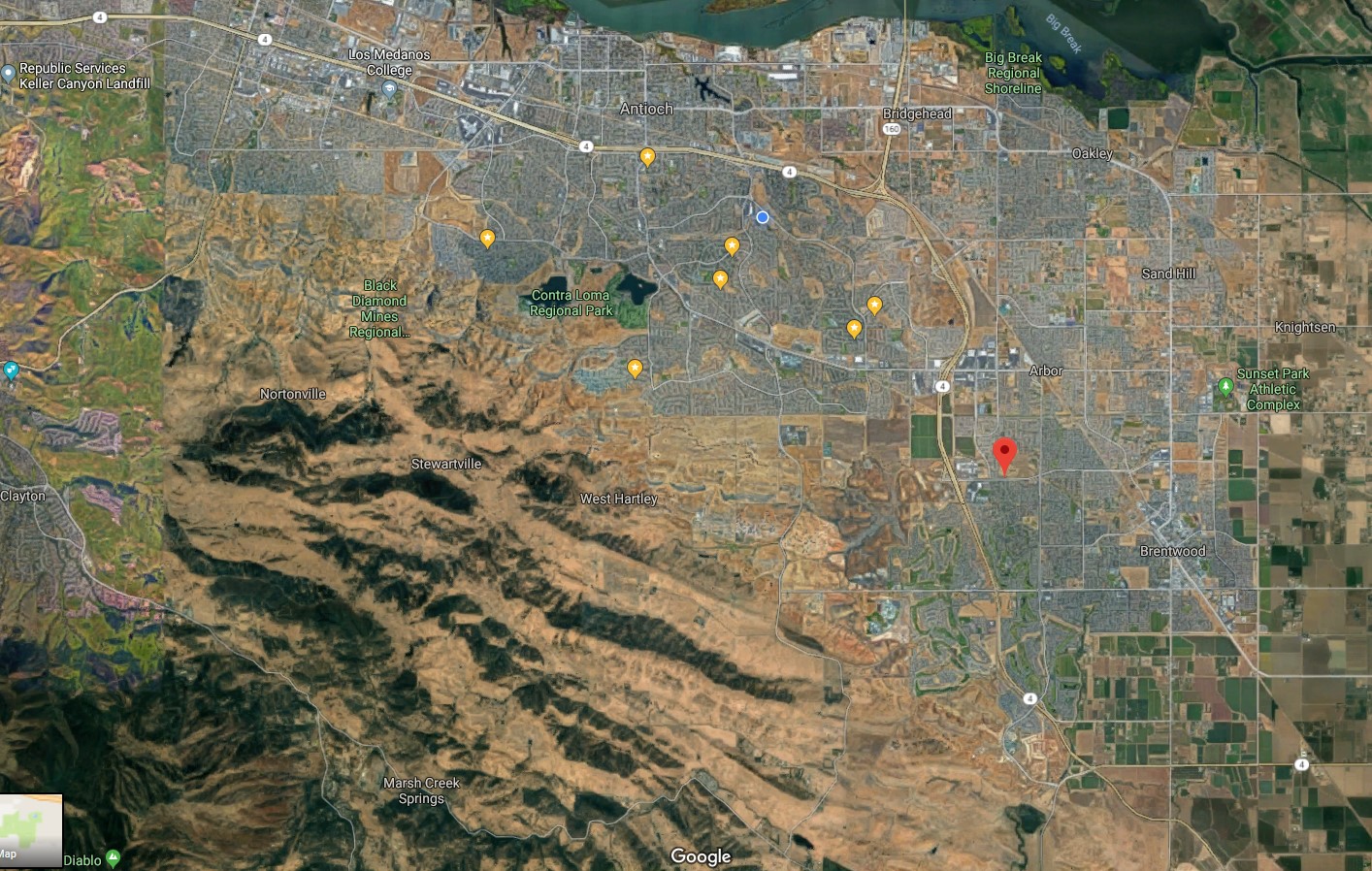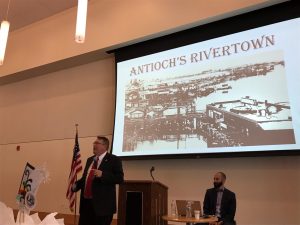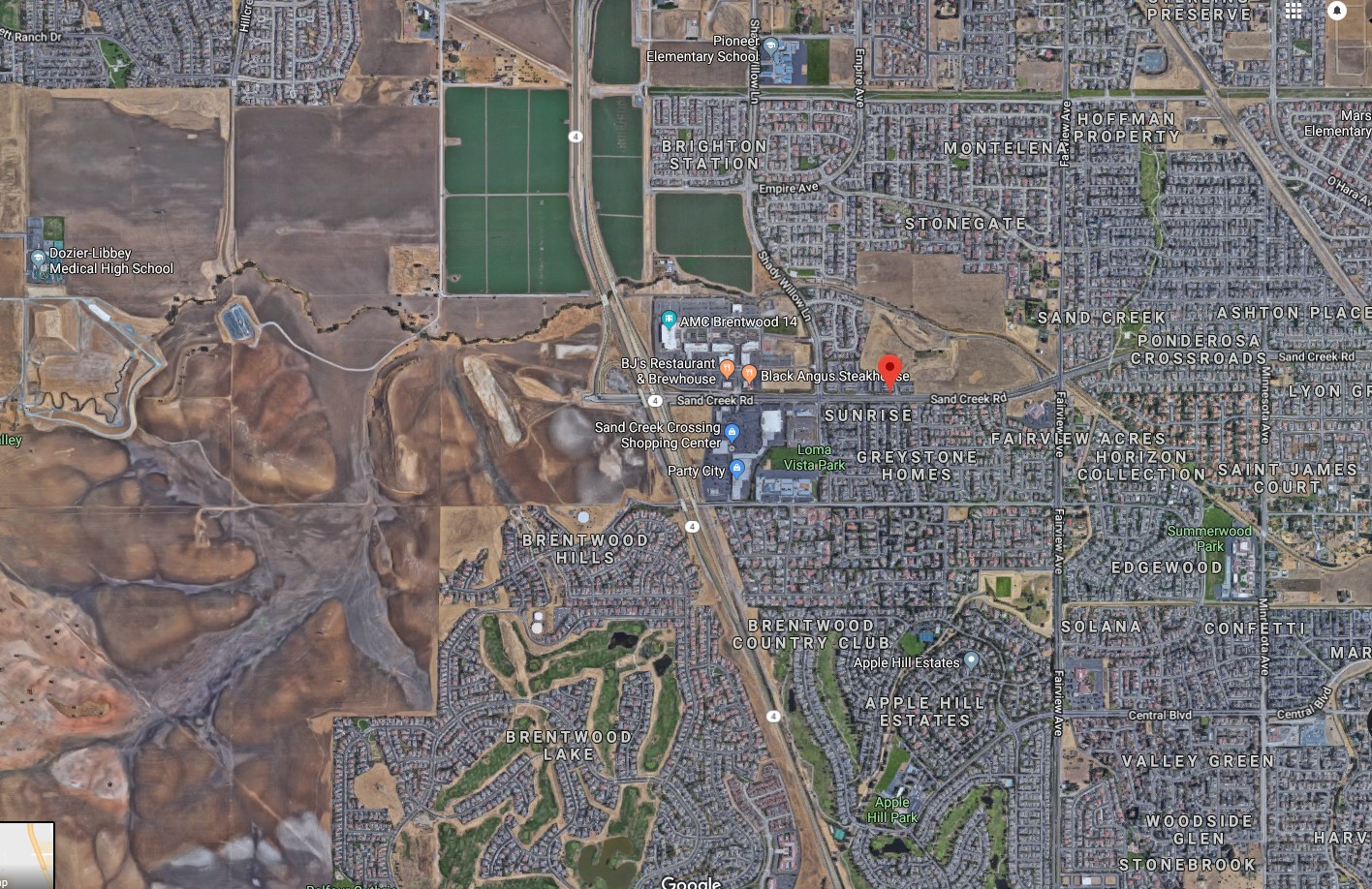Judge tosses out Antioch Council’s adoption of environmental group’s Sand Creek initiative and The Ranch development agreement
Monday, July 15th, 2019
Herald file graphic.
Let Antioch Voters Decide initiative must go to Nov. 2020 ballot; Richland must produce new Environmental Impact Report
By Allen Payton
On May 31, Contra Costa County Superior Court Judge Edward Weil tossed out the Antioch City Council’s adoption of the initiative sponsored by environmental groups to limit growth in the Sand Creek Focus Area, as well as the development agreement for The Ranch project, contained in the competing initiative sponsored by Richland Communities. That agreement approved 1,177 homes on their property. (See related articles, here and here.) See judge’s ruling, here: Judge’s Order on initiatives lawsuits 05-31-19
As a result of the adoption by the Antioch Council of the two initiatives, last year, four lawsuits were filed against the City of Antioch, two each by The Zeka Group and Oak Hill Park Company, challenging both initiatives. The Zeka Group owns the 640-acre Zeka Ranch property on Old Empire Mine Road at the west end of the Sand Creek Focus Area, and according to the court documents, “which Zeka Group purchased in 1989. Prior to purchase, the City’s planning development manager, Raymond Vignola, assured Zeka Group that the property was and would continue to be designated for residential development of 1000+ units. The City’s 2003 General Plan called for 4,000+ units in the Sand Creek Focus Area, and Zeka Ranch was to develop the executive housing stock.” That resulted in a reduction of the number of housing units on the property that can be built. Zeka’s plans are to build 340 homes on their property.
Oak Hill “owns roughly 419 acres in three parcels” directly south of The Ranch project, “designated for a golf course and senior housing in the 2003 General Plan.”
The city council adopted both initiatives instead of placing either on the ballot, as the council had the option of doing. First, they adopted the one sponsored by Richland on July 11, 2018, which also resulted in the adoption of the development agreement 30 days later. The other initiative, entitled Let Antioch Voters Decide: The Sand Creek Area Protection Initiative (LAVD) sponsored by Save Mount Diablo and other environmental groups in the county, was adopted by the council on August 28, after the council had sent it back for more study and a report by city staff, which was also one of the options the council had.
Both initiatives downgraded the development potential on the Zeka Ranch, Oak Hill and other properties in the Sand Creek area west of Deer Valley Road to just one home per 80 acres, the same level as land outside the city’s and county’s Urban Limit Lines. The entire Sand Creek area is inside the city’s voter approved ULL. That would allow only eight homes on Zeka’s property and only five homes on the Oak Hill property.
The Ranch Development Agreement Unlawfully Included In Initiative, Requires EIR
In the decision, “the Court finds that the Richland Initiative unlawfully includes the Development Agreement between Richland and the City…but it may be severed from the remainder of the Richland Initiative.” The court also found that “The Development Agreement cannot be approved by initiative and requires compliance with CEQA” (the California Environmental Quality Act).
The decision means the development agreement is invalid and Richland must go through CEQA’s Environmental Impact Report (EIR) process in order to obtain approval of their development agreement. Whether or not the development agreement can be separated from the initiative has yet to be determined. If the judge finds that it can’t be, that will result in the entire initiative being invalidated.
Voids Let Antioch Voters Decide Initiative
In addition, the court found, “The LAVD Initiative is void as an improperly-adopted amendment to the Richland Initiative. The…question is whether the LAVD Initiative improperly amended the Richland Initiative. The Court concludes that it did. Under Elections Code section 9217, the City could not adopt the LAVD Initiative on its own. A vote of the people was required. This renders the LAVD Initiative void.”
The Council Must Place the LAVD Initiative On The Ballot
The court further finds, “Since the LAVD Initiative amends the Richland Initiative, the City had no choice but to put the LAVD Initiative before the voters. It would be manifestly unfair to the supporters of the LAVD Initiative to start the process over because the City instead adopted it. So, the Court is inclined to order the LAVD Initiative to a vote. The Court is unconvinced that the Richland Initiative is somehow immune from challenge by initiative amendment.”
The court prohibits “the City from enforcing the LAVD Initiative.” The judge then ordered the city council to place the environmental groups’ initiative on the November 2020 ballot. City Clerk Arne Simonsen said he has sufficient funds to include the ballot measure on the November 2020 election ballot.
Zoning For Zeka Ranch’s Property Couldn’t Be Changed By Initiative
In an additional decision, the judge ruled that the city council couldn’t change the designation of executive housing for the Zeka Ranch property.
“A city may not adopt ordinances and regulations which conflict with the state Planning and Zoning Law,” the ruling quoted from a previous court case. The judge further wrote, “Government Code section 65913.1 provides that a city ‘shall designate and zone sufficient vacant land for residential use with appropriate standards, in relation to zoning for nonresidential use, and in relation to growth projections of the general plan to meet housing needs for all income categories as identified in the housing element of the general plan.’
Zeka Ranch claims…that the Richland Initiative violated the code by restricting development in a manner that makes it impossible to meet the City’s housing needs allocation, particularly for the kind of executive housing Zeka Ranch was to build.
In fact, Zeka Ranch pleads that the General Plan called for allocation of one-to-two units per developable acre and contained a housing element specifically calling for residential development appropriate for executives of businesses seeking relocation to the City. Accepting this as true, Zeka Ranch properly pleads this claim.”
Legal Process Continues
The legal process continues over the two initiatives. To conclude his ruling the judge wrote, “The remaining challenges to the Richland Initiative will be resolved in a further phase.” Furthermore, the judge wrote, “Parties shall appear to discuss the proper remedy as to the LAVD Initiative and any further orders that may be necessary, as well as a schedule for briefing the remaining matters related to the Richland Initiative.”
In addition, the judge gave the parties in the lawsuits until June 24 to file amended pleadings. Both Zeka and Oak Hill submitted them by the deadline.
The case numbers are MSN-18-2228, 2229, 2231 and 2232.












